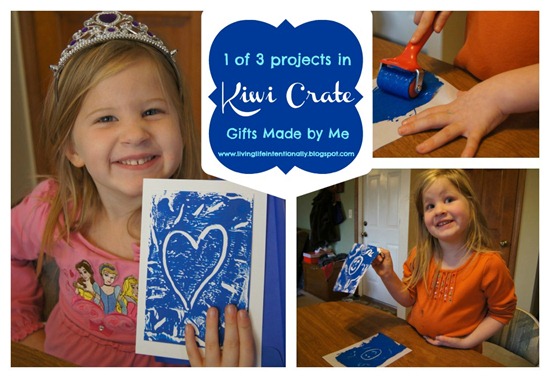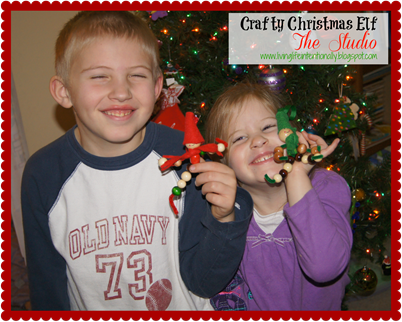To contact us Click
HERE

Using Games to Teach/Reinforce Yes/No
"In ev'ry job that must be done
There is an element of fun
You find the fun and snap!
The job's a game" - Mary Poppins
"Is that right?" Game
Level: yes/no for accept/reject and higher
This game is all about being silly! You can play it to work on accept/reject yes/no responses or higher level. Essentially you go something super silly, like
try to put on the child's coat yourself, put the child's sock on their hand or whatever the child will know is absurd. Then you ask, "Do you want me it this way?" or "Do you like it this way?". Keep in mind that the child may, indeed, want it that way, because being silly is fun. So if he says "yes" to the sock on his hand keep it up and put the other sock on his other hand. Create a build up and keep asking yes or no questions. When it is time to stop, if the answer is still, "yes", then you say, "Oh, I am so silly! No (model how the child says no)! It doesn't go like this!" If the child is working on higher level yes/no you can ask, "Do socks go on hands?" and other higher order questions.
The Yes/No Race
Level: higher yes/no skills (label, function of object, comparison, etc.)
Prepare a list of yes/no questions at the level your students are working on or use yes/no question cards (see list below). Decide if the student will compete individually or in teams. Create a scoreboard with student names or team names. Be sure each child has access to their best way of expression yes/no. Using your list or cards
ask each question one by one. After each question
be sure to wait up to a minute. You can either play that the first correct answer wins a point or every correct answer wins a point. I find this game works better if you have everyone answer at once (thus none of the students refuses to answer just for the attention given when they don't). Whoever has
most points at the end wins a prize!
Guess Who?
Level: higher yes/no
You can play this with the commercial game, with the commercial game replacing the cards with your own or you can create your own game. To create your own you need to print out two sets of photographs of people (can be real people in your setting, celebrities or characters of books,
etc). We like to make these large for our students with Low Vision. Using a
velcro board or similar hang up one set of pictures. Choose a student to be "it", preferably one who is working on yes/no. Allow that child to pick a person from the second set of photo cards. Once chosen the other players ask yes/no questions and the child who is "it" answers. Be sure to have that child's best way of saying yes/no available. If the children asking the questions are non-speaking they can use communication books or devices or you can even program a series of questions onto a sequential switch such as a Step-by-Step or Smooth Talker. The "asking" children should use the means of asking that allows them the most possible independent generation of their questions. Once a yes/no question is asked and answered cards are removed from the
velcro display board of photos in the process of elimination. Stop when someone guesses the person or only one person is left. Whoever guess is it, if no one guessed then the teacher picks. (Thanks to Susan Malloy, SLP for this idea.)
What is it? Game
Level: higher yes/no
Gather a set of object or pictures. These can be related to the theme unit you are teaching (insects, planets or
be common objects from around the room). Choose a child to be "it' and take him or her into the hall (or aside) and all the child to choose one thing. Go back to the group and display all the items or pictures, including the chosen one. The child who is "it" will need his or her best way to answer yes/no. The other children will need a means to ask questions that eliminate items from the array in front of them. As always speech or AAC can be used for the answering and the asking. You may need to have questions for your particular set of objects ready on communication devices/boards/switches ahead of time. As questions are asked and answered eliminate choices until someone guess correctly or one one choice is left. You can also play this with the commercial game Hed Banz, adapt the game by only having one person at a time where a
Hed Banz and the others take turns answering yes/no questions of the wearer.

20Q Game
Level: Higher yes/no
20Q is a commercial game it is available as a handheld electronic game, an app or online (for free). For our purposes an older version of the handheld game (yard sales, flea markets, your basement) is better, but you can adapt if needed
to the newer version. 20Q operates just like the 20 Questions game most of us have played only the game does all the figuring out. The old version asks questions and gives you three possible responses "yes", "no, "it depends". The newer version has up to ten possible answers, "yes", "no", "it depends", "unknown", "irrelevant", "sometimes", "maybe", "probably", "rarely", "partly". Personally, I think that the new 20Q cheats! However you can still use it by only answering "yes", "no" and "it depends". If your students aren't ready for "it depends" you can ask them yes or no and change it to "it depends" when you enter the answer into the game. You can also rephrase questions like "Is it an abstract concept?" or just answer those yourself without reading them aloud. So long as all the students have a means of communication "yes" and "no" this game is a fun way to practice.
Question of the Day
Level: any
This is a fun game to include in your morning meeting group. You can use a portable white board and simply write the question with a drawing and two columns or you can make your Question of the Day board all fancy. If your students
are at the accept/reject level of yes/no you can make a list of 10-15 accept reject questions and cycle through them over and over. These could be things like, "Do you want the teacher to sing really loud?", "Do you want a high five?", "Do you want the paraprofessional to spin in circle ten times?", "Do you want
my to give you a 3 second shoulder rub?" Then go around the room and ask each child and perform the action if he or she says yes. Tally each child (or put a picture of each child) under yes or no on your display.
Overtime you can draw comparisons, "Last time 2 students wanted me to sing, how many this time?" then you can bring in counting if you would like. If your students are a higher level you can ask more abstract questions, "Are you wearing boots?" or "Is a fish an insect?" and then tally and graph responses.

Yes/No Practice Apps and Software
- Ask Me a Yes/No Question by Super Duper for iPad and Android
- Autism and PDD Yes/No Questions App by Linguisystems
- Autism and PDD Yes/No Questions Software by Linguisystems
Yes/No Question Lists and Cards
Free
- Speaking of Speech Auditory Processing Cards
- SLP Materials Power Point
- SLP Materials Categories Yes/No Questions
- Yes/No Cards on Boardmaker Share (must have Boardmaker)
- Yes/No Question Cards from Twinkl
- Yes/No Question Cards from Sparklebox
- Yes/No Monsters
Commercial
- K-3 Teacher Resources (requires premium membership)
- Yes or No Fun Deck by Super Duper
- Smart Kids Yes/No Questions
- PECS 4 Autism Yes/No
- Just for Adults Yes/No Questions by Linguisystems









 TADA! Here is your finished wreath. Just insert a pillar candle and you are in business. Something else I really like about it is that the candle fits snuggly, so no worries about it tipping.
TADA! Here is your finished wreath. Just insert a pillar candle and you are in business. Something else I really like about it is that the candle fits snuggly, so no worries about it tipping. 

![honest-lotion2-zoom[1] honest-lotion2-zoom[1]](https://blogger.googleusercontent.com/img/b/R29vZ2xl/AVvXsEgTISn9YFXEdHM9dzoZT66VvOqkHu7hcnnYqI7K7bGDqtZgMqc_wR0HciYRUbDBkxBkJ4H_A8wbhPKXCRWmTgV-UHtgJoGGpiD6yqtjmbLu-ubUoEp2IKDZ8MCYNjAp6f60xUw0_TQbY_V_/?imgmax=800)
![honest-organic-lip-balm-trio3-zoom[1] honest-organic-lip-balm-trio3-zoom[1]](https://blogger.googleusercontent.com/img/b/R29vZ2xl/AVvXsEgNh5a2ZcAT6zagIL6A6fwQRTKlUBVeyQD33yhT1j-qTKrOZ1WXm5nwdO6Sa3E5KxirR4ObQvXjvHj3GbstPRGE1UIr1lBbBtI4azxga7hDNwSWP2a-6Ss_r4zDlIVjJTQ0HLo6vvFcuBHd/?imgmax=800)


![image_thumb[2] image_thumb[2]](https://blogger.googleusercontent.com/img/b/R29vZ2xl/AVvXsEhyjWi9JW1y9JUAxLSkYUO6Uo7eA_cGVzo8HzVKO6lMnywOM86h1GDu2YCY1g4SiHqTu8qB9G4DyVa1C7xQVrQzr-UMwv6A50AKxsE053oQDCjIseHfmsF_1q9YpdoNoYStNhQ-SrswIUM/?imgmax=800)























 For some children we may need to accept that the "best
For some children we may need to accept that the "best